Stonecroft Engine House
Machinery In Hexham, Northumberland
An 18th Century engine house near Settlingstones, built to contain a 70” Cornish Condensing Engine and the discovery place of the mega mineral Witherite
Having a wander around the Fourstones area, I've passed this building several times before and was curious about its structure, shape and layout and thought it looked like something specific. So I went back to investigate!
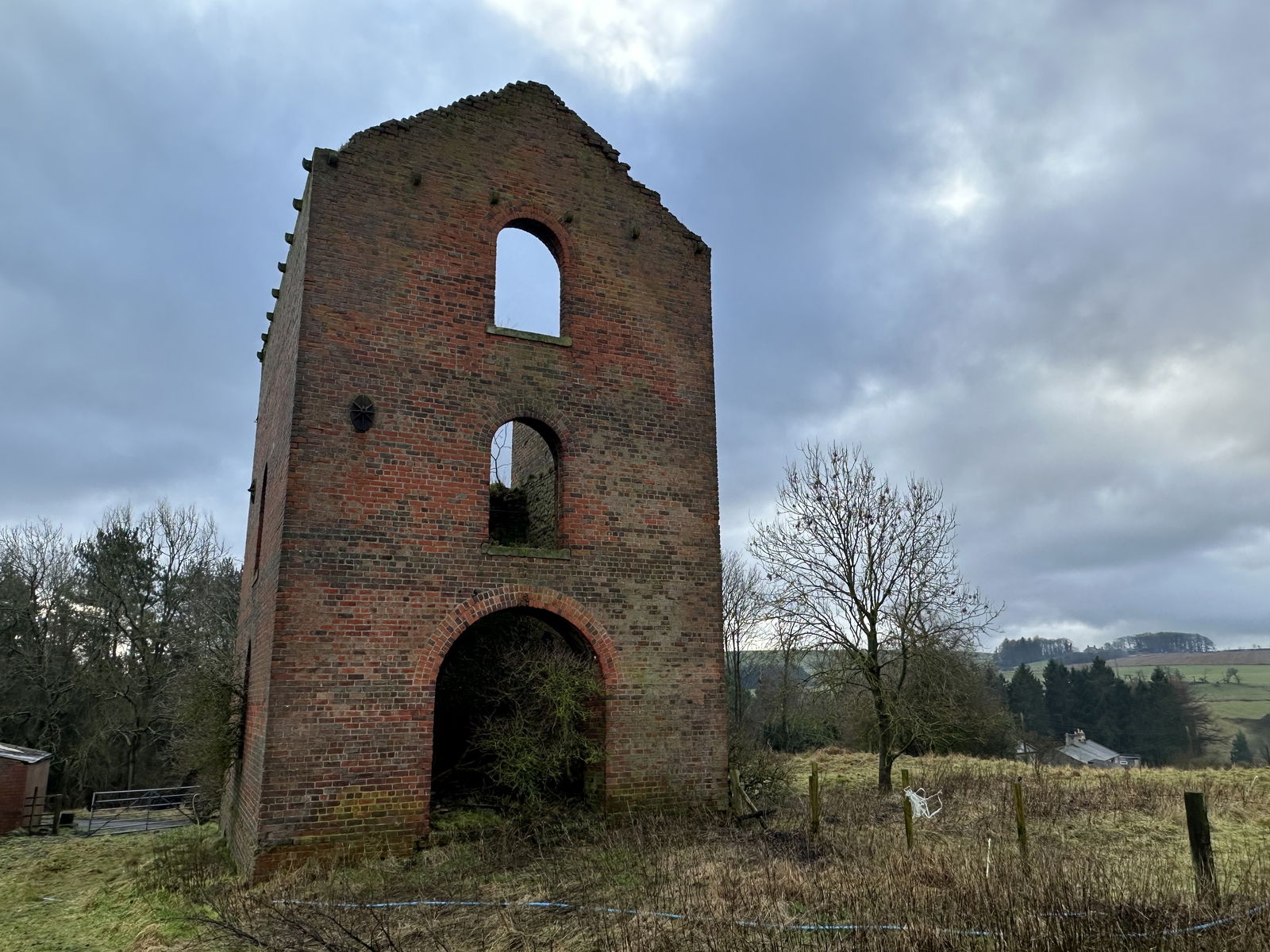
I found out that it was the Engine House or Winding Tower to the Stonecroft Lead Mine near Settlingstones, not far from Fourstones. Settlingtones originally meant the place where people mounted their horses. We did get a friendly nod from a couple riding past High Stonecroft House.
Mining had taken place at Settlingstones since 1690. Built on the site of a previous mine, Stonecroft lead mine was largely operational between 1860 and 1890 when the mine was owned by F.W Hall. It was mostly lead, silver and barytes that were mined here. In 1894, 123 men and boys were employed and between 1880 and 1892, three men lost their lives working down the shaft.
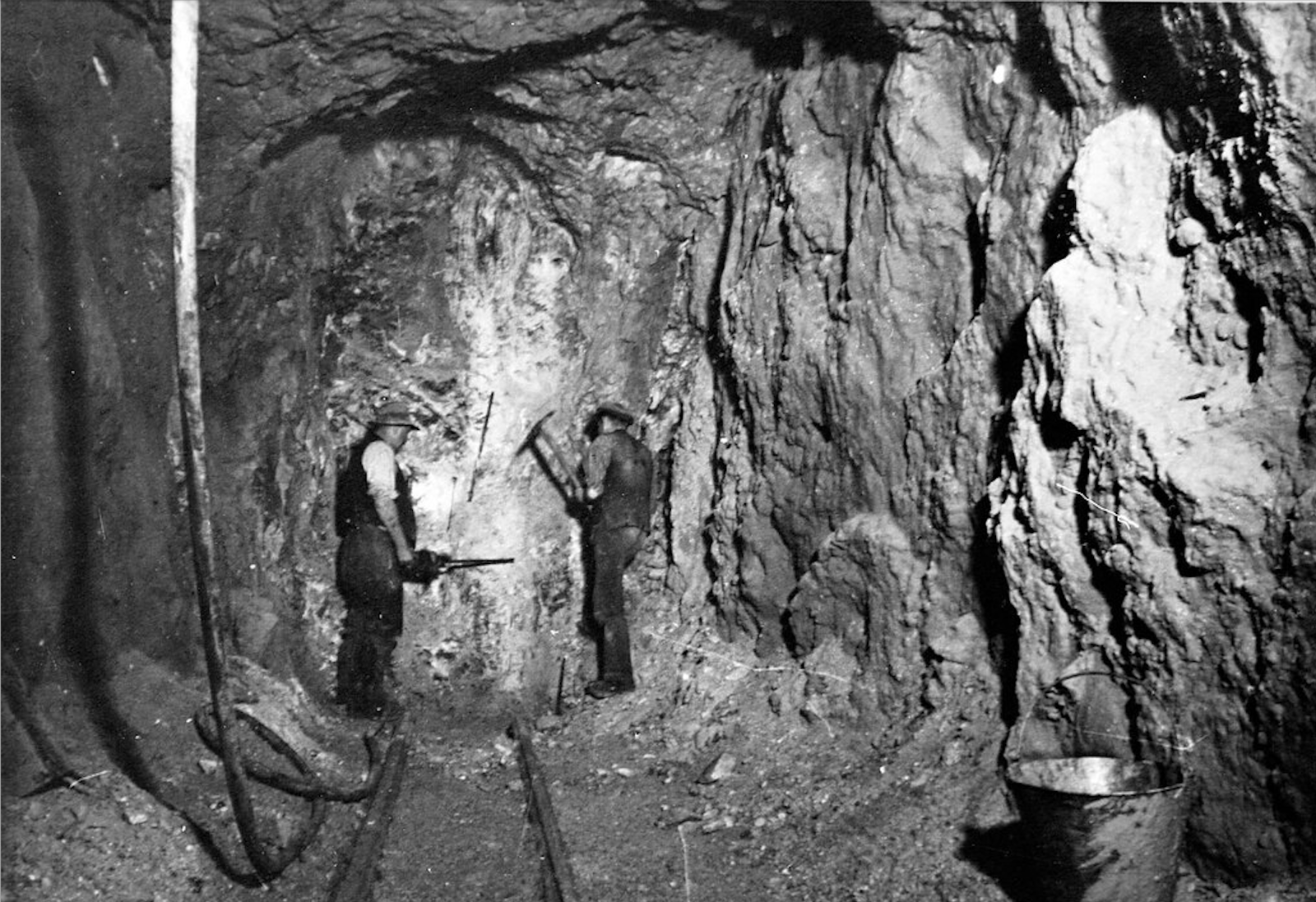
The engine house here was built in 1871 to house a 70” Cornish Condensing Engine or Beam Engine that harnessed exceptional power and used steam to pump the water out of the mine and drive the machines at the dressing plant. The beautiful brick arches are repeated over three floors and inside there is evidence of a wall tie, preserving the structure, holding the whole thing together.
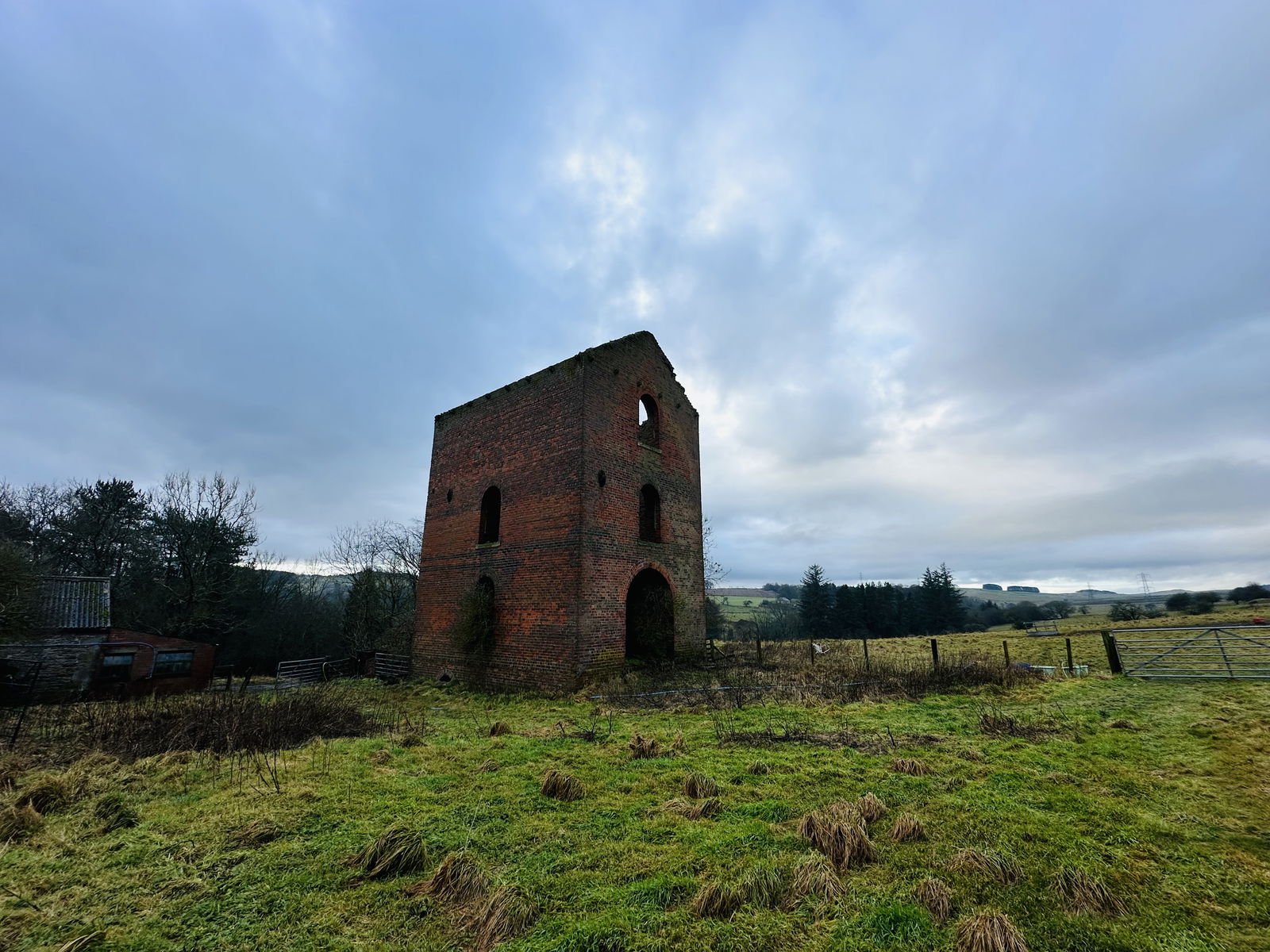
Sadly the building no longer has a roof, but if you look up, you can see the squares where large stone supports would have been mounted on the front of the building, which would have supported the engine.
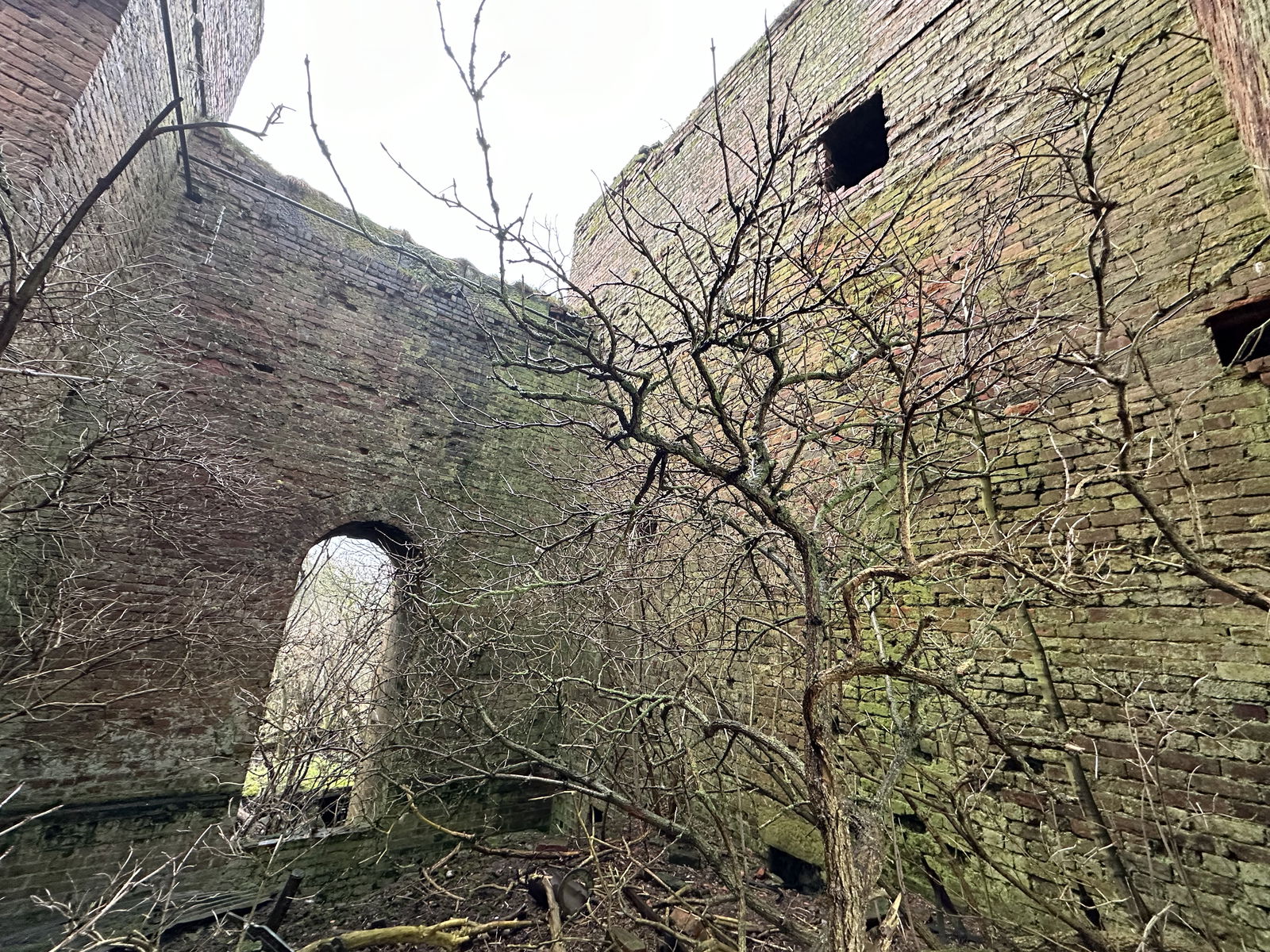
The larger arch at the back of the building would have been where the engine entered the building. If you look at the front of the building, it looks like a sad and reflective face, complete with a downturned mouth and sad, blank eyes.
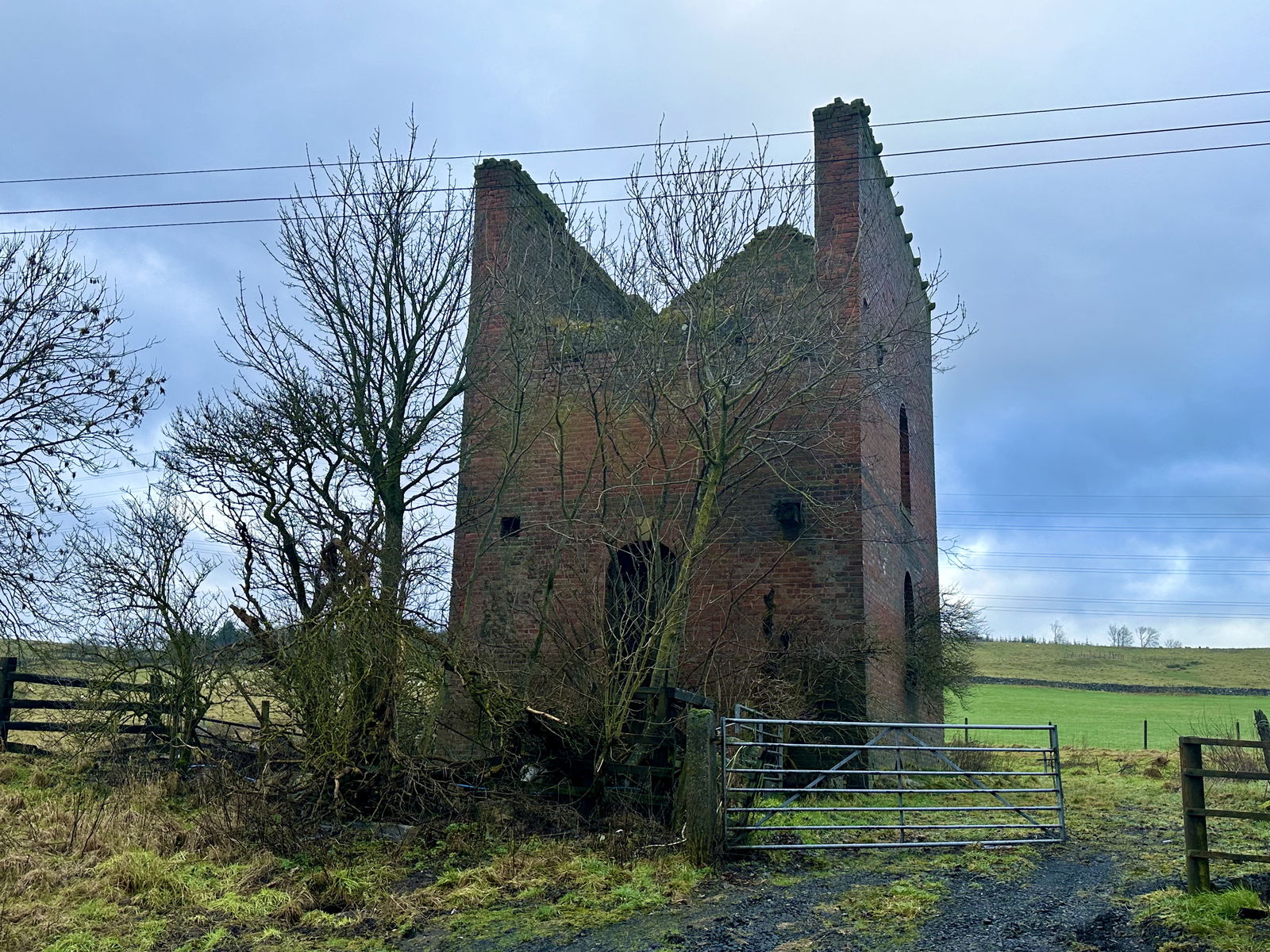
The tree growing inside seemed pretty determined and was vying for the same spot. It was home to some beautiful Jelly Ear Fungus (Auricularia) growing on the ever expanding elder.
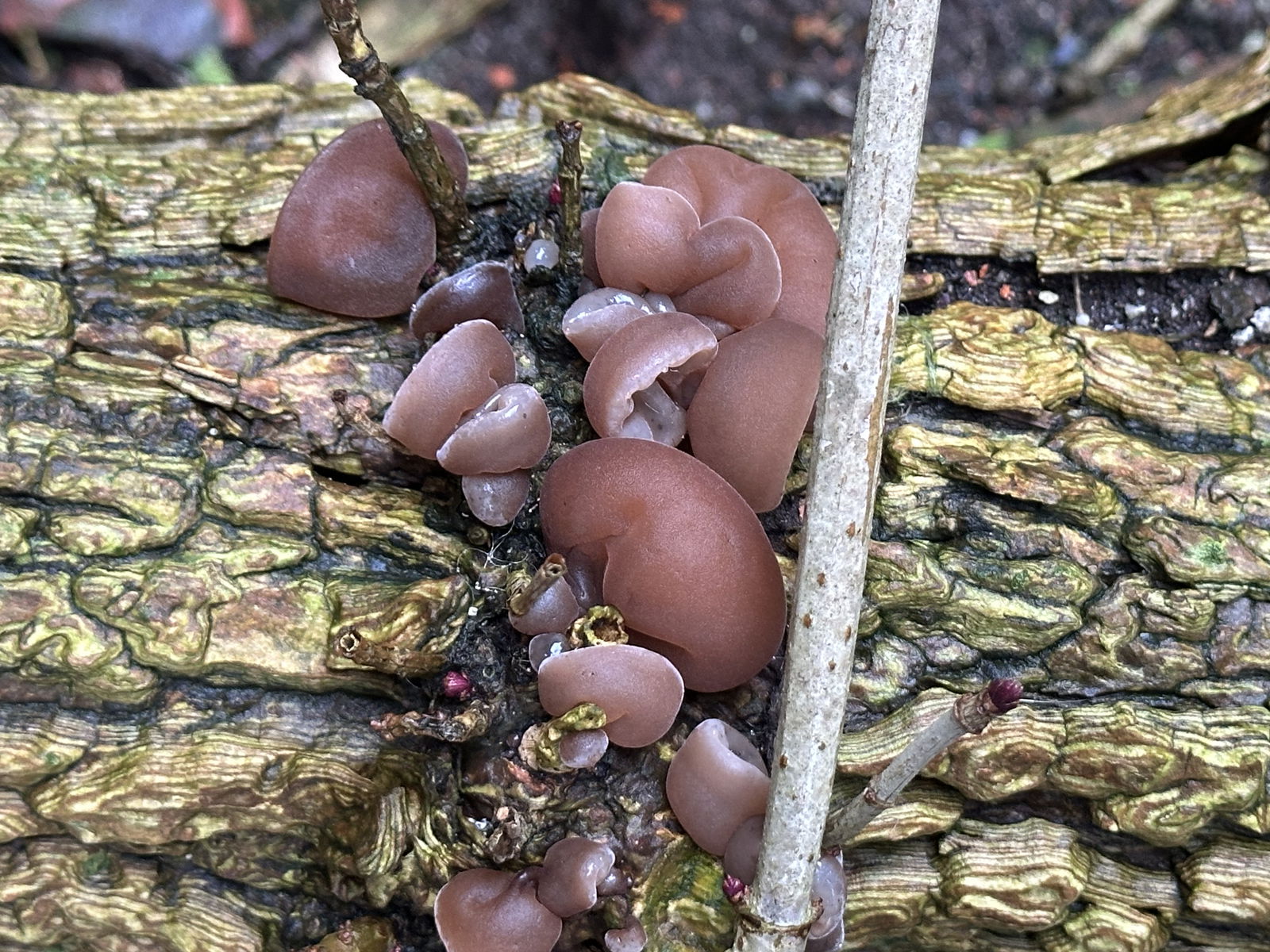
I don't know a lot about minerals, but I love the way that once you have a little curiosity about something, within time, your knowledge grows and you stumble upon other facts and information which help you to have a greater understanding of your previous learning.
The weekend after we'd visited the Stonecroft Engine House, we took our kids to The Great North Museum and came across an example of Witherite, a white sparkly, crystalised brain looking type of thing. Wondering about its significance to the North East, I did a little reading and discovered that Stonecroft mine was the only producer of the very rare mineral Witherite, in the whole world between 1873 and 1969!
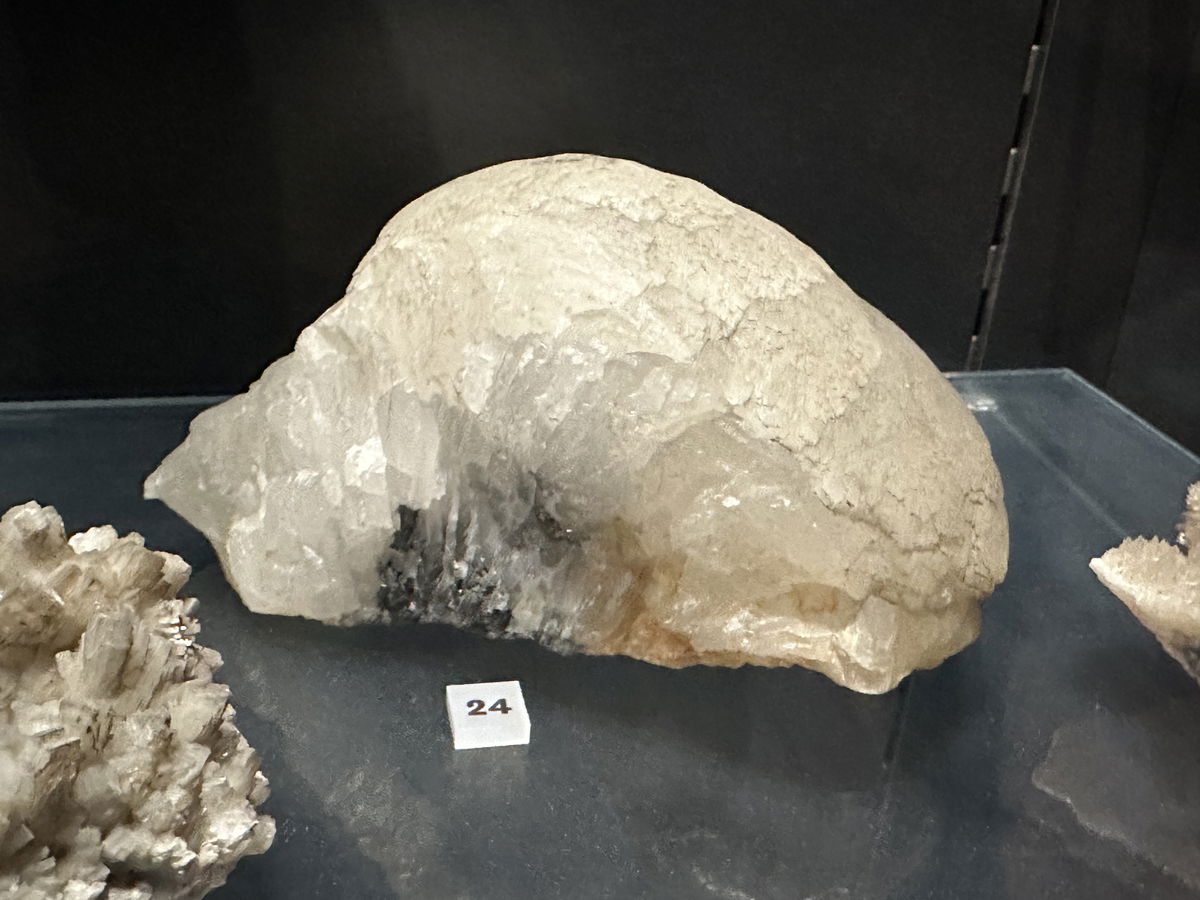
In the 1800s it was used as rat poison. It was first identified by Dr. Withering, a physician from Birmingham while examining a collection of minerals from an old lead mine on Alston Moor and the mineral was named in his honour. It was worth three times the price of coal and as black as coal was, Witherite was white! I then read a load of stuff about sulphates and concentrating tables that went in one ear and out the other, but was pleased to have pieced together that this red brick building was key in the production of something really specific to our region, in relation to the whole world!
Farmers became aware that if ingested by farm animals feeding around spoil heaps, it would lead to a certain death (hence the rat poison). In the 18th century, one farmer fed it to his wife and son to rid them of their ills and watched them breathe their last after his dose of self-medication! Witherite, previously considered worthless, was experimented with and it was recognised that if ingested, farm animals could die.
It was used as a form of rat poison. It was used in experimental pottery glazes and in experiments held by Josiah Wedgwood, he realised the benefits and started to use it in the manufacture of Jasper ware. Wedgwood tried to keep the source secret, but after a visit in 1782 by two men from France from whom he sought advice (no one wants a toxic teapot!), James Smithels, a farmer local to Wedgwood spilt the beans and started to export the mineral to Germany, charging five guineas per ton, which properly vexed Mr W! Witherite has also been used for hardening steel, making cement, soap, dye and explosives (It's perhaps a good job Josiah Wedgwood wasn't aware of this at the time!)
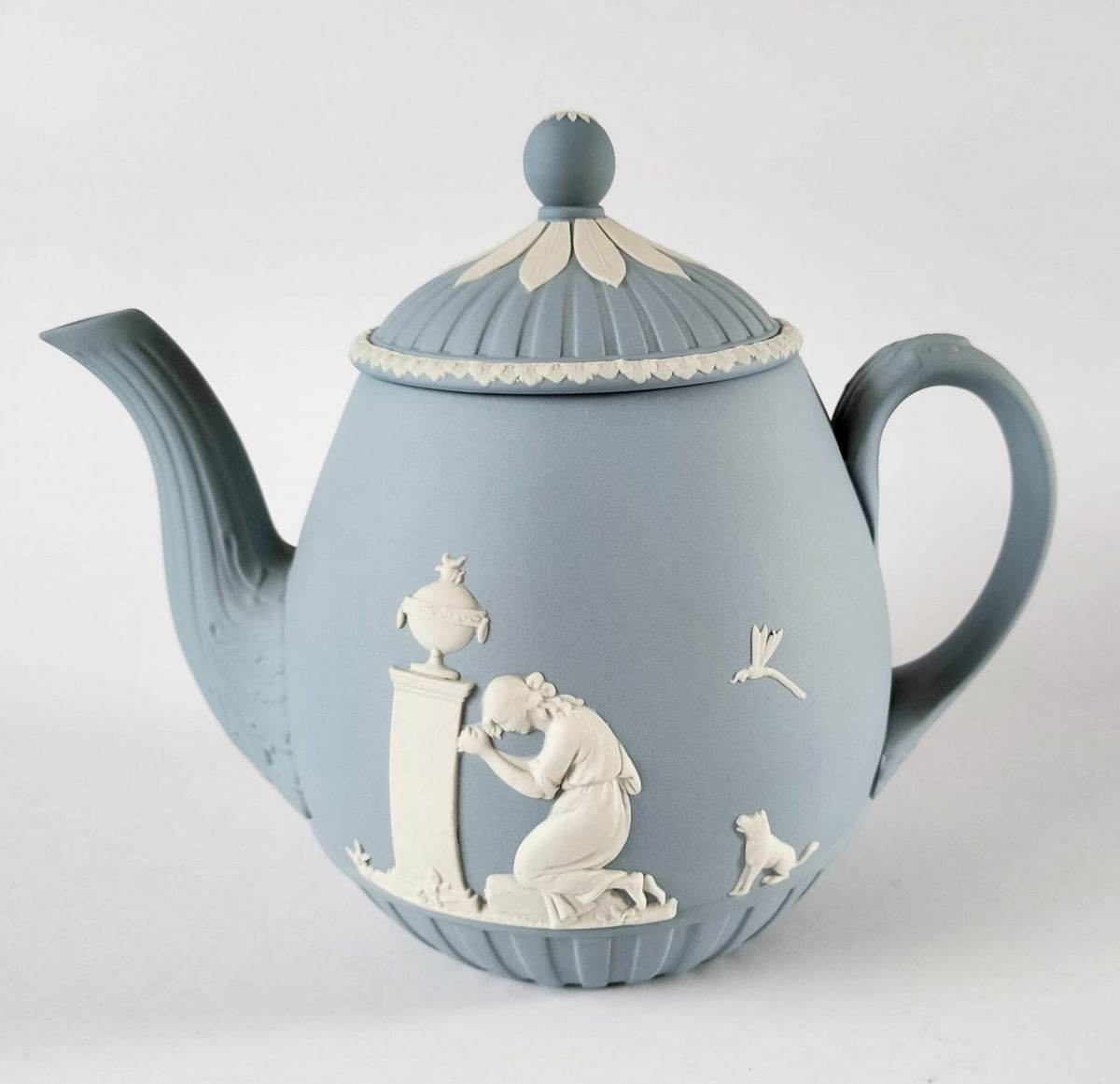
It seemed a shame that a building which was so key in a long-gone industry had just been left to decay. It looked like something that might in time pop up on Grand Designs with beautiful views over the Tyne Valley. There was definitely scope for a trendy 'des res' called The Engine House or Witherite Towers. If only I played the lottery eh?
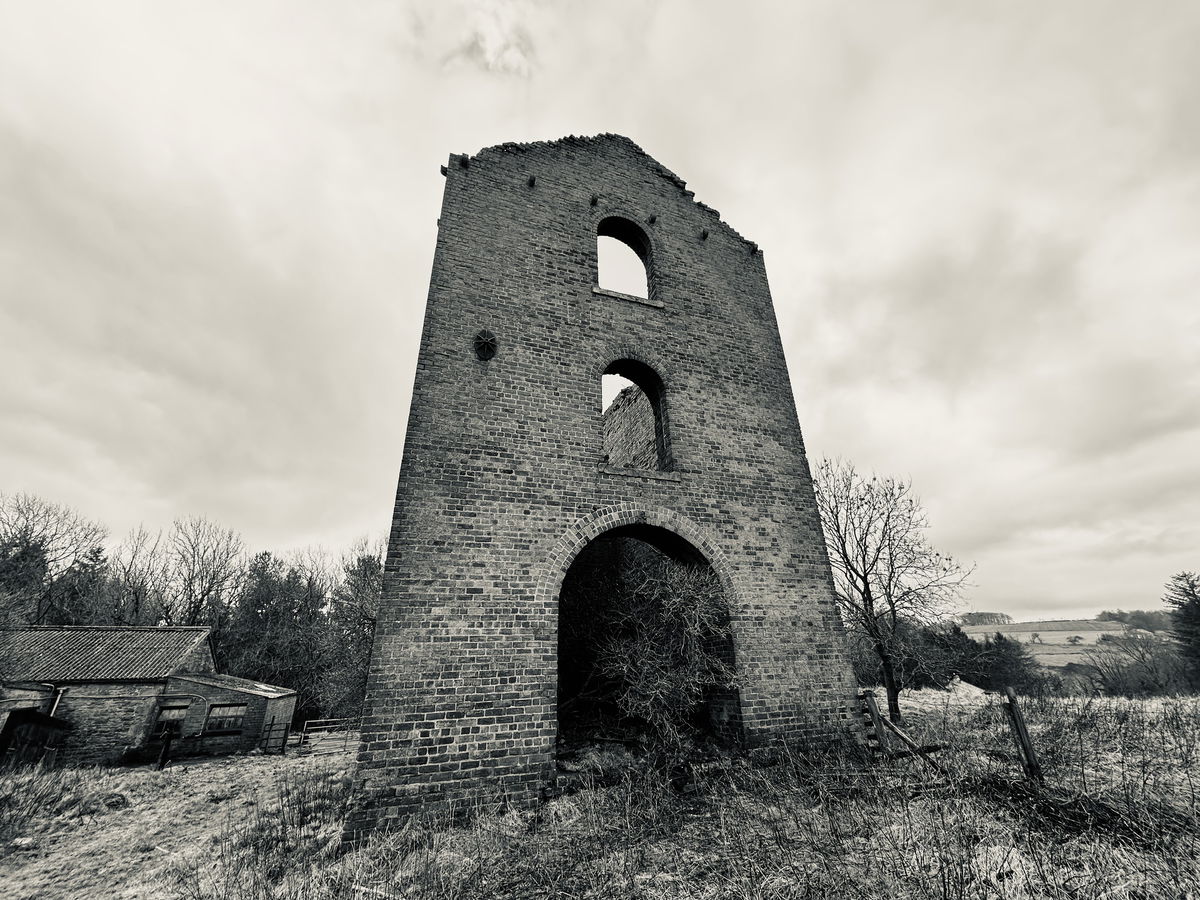
Get 3 points if you have visited this place. Already visited by 16 VIPs.
Login to the VIP area to add places to your bucket list, mark them as visited and more importantly see where you rank on the league table.
How To Find Stonecroft Engine House
Where Is Stonecroft Engine House?
Lat / Long
55.014217, -2.230178
What three words
Where To Park For Stonecroft Engine House?
Lat / Long
55.014432, 55.014432
What three words
Anywhere on the quiet lane approaching the Engine House
Contributed by Jos Forester-Melville
Highland loving human. Thalassophile. I love a good smile. Happiest heading for the hills with my pickup filled with kids and dogs! Working four days, we enjoy a Fridate, and usually spend it scouting out new scenery. I love a gated track, a bit of off roading and if it involves a full ford, well, that gets extra points! I go nowhere without a flask and binoculars, and love the small things in life that make it big…Goldcrests, dry stone walls, Deadman’s fingers, blackberries and quality clouds.
More Places from Jos
More Places In Hexham
Find more fabulous places in Hexham, Northumberland and if you know of a place we haven't listed, then let us know.
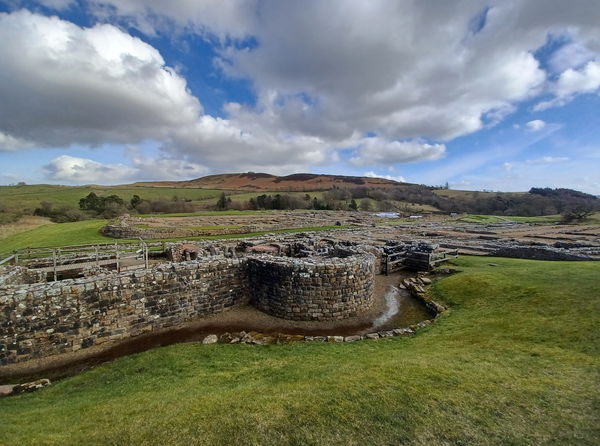
Vindolanda
Museum Hexham NorthumberlandA Roman Fort, surrounding settlement and museum that has been gradually excavated over the past 50 years and the location of some of the most important Roman finds in history.

Hearse House at St Giles
Building Hexham NorthumberlandOne of a handful of hearse houses left in the UK with a little 'fun for free' museum.

St Aidans Church Fourstones
Religious Place Hexham NorthumberlandA small wooden "off the peg" church in Fourstones, Northumberland. One of only two wooden Victorian missions in the country.
More Machinery
So this machinery wasn't enough and you want more? Don't worry we have you covered.

Ace Of Spades Dragline Bucket (not Big Geordie)
Machinery Stobswood NorthumberlandThe scoop bucket used from the now dismantled Ace Of Spades dragline excavator.

Hopealone Radio Mast
Machinery Haltwhistle NorthumberlandA space age rocket looking communication mast, bound for Mars from the pines of Henshaw Common!
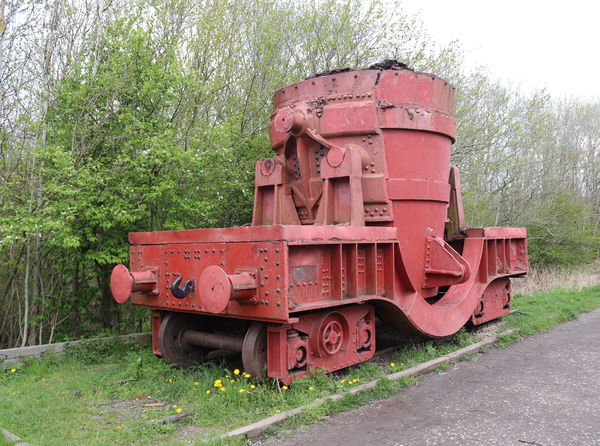
Steel Ladle Truck
Machinery Consett County DurhamA ladle train that would transfer hot metal within the Consett Steelworks.
Never Miss A Fabulous Place
If you are afraid of missing out on all the fabulous places we post, or just want to be the first to know, then sign up to the Fabulous North.
Each week we will email you all the brand new places that we visit.
Sign Up To AlertsFind Us On Facebook
We post all our new places daily on our Facebook Groups page, so join the group today and be notified when we add a new place.
Join Our Facebook GroupStonecroft Engine House was listed in Machinery // Northumberland // Hexham


